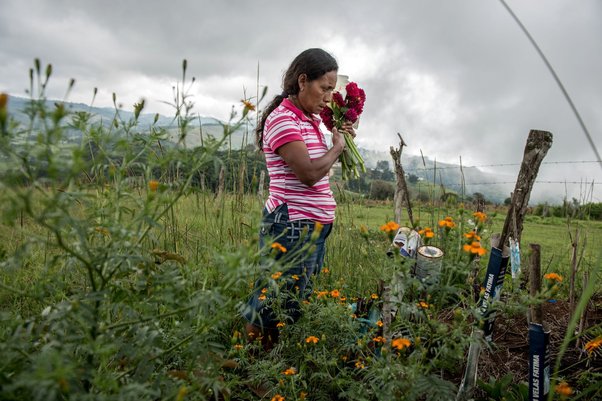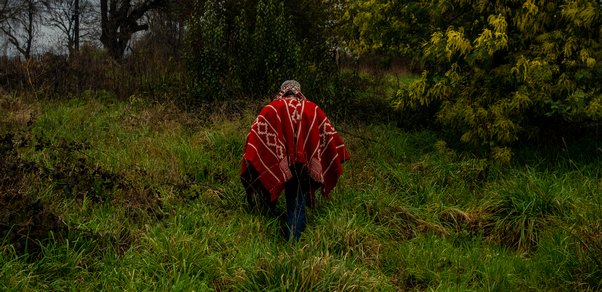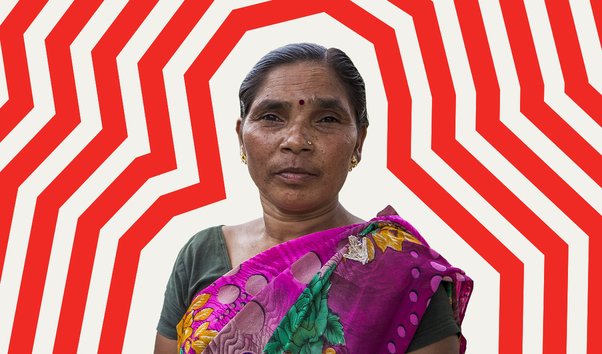2,253 land and environmental defenders were killed or disappeared between 2012 and 2024
For over a decade, Global Witness has collected data on defenders who have been killed or disappeared for protecting their land rights or the environment.
How have defenders been targeted?
In which countries have defenders been killed or disappeared?
How have the number of documented cases changed over time?
Which industries have been linked to killings and disappearances?
How have Indigenous Peoples been disproportionately targeted?
Learn more about how we gather this data
Every year, Global Witness documents killings and long-term disappearances of land and environmental defenders globally. We maintain a database so that there is a record of these crimes and so we can create a comprehensive global picture of the systematic violence defenders face. The data provides a snapshot of the underlying drivers behind reprisals and indicates how some defenders and their communities face increased risks.
Exposing these trends is the first of many steps to ensure that defenders and their communities are protected and can exercise their rights without fearing for their lives.
In partnership with over 30 local, national and regional organisations in more than 20 countries, we produce an annual report containing these figures and we have done so since 2012. Our database includes disappearances of defenders where the individual has been missing for six months or more.
All reports prior to 2025 have combined killings and long-term disappearances into one single headline figure. For greater clarity, our latest report indicates a distinction between these two types of attack, and our reports will continue to make this distinction in future.
Cases from prior years or those already included in our database are not continuously monitored. Where we receive updated information on an attack, we may retrospectively include or remove cases.
Who are land and environmental defenders?
Land and environmental defenders are a specific type of human rights defender – individuals or groups of people who act to promote, protect or strive for the realisation of human rights through peaceful action. Their role as protectors of human rights is recognised by the UN Declaration on Human Rights Defenders, principles also enshrined in other legally binding international instruments.
We define land and environmental defenders as people who take peaceful action against unjust, discriminatory, corrupt or damaging exploitation of natural resources or the environment. Land and environmental struggles take different forms and are shaped by local contexts. For example, in every region of the world, communities strive against systematic land dispossession and environmental destruction from extractive industries. For some, the primary threat to territories is intimately connected to the degeneration of their sovereignty, culture, livelihoods and homes. Others are caught in wider conflicts, which exacerbates land, environmental and climate injustices.
We document killings and disappearances where there is a reasonable and suspected link to an individual’s activism in defence of the land or the environment. As well as individuals directly involved in activism, we also document tangential killings and disappearances of families, community members or others caught up in violent attacks. Our definition encompasses different types of land and environmental leadership. Crucially this involves people who work in any capacity to protect rights linked to the exploitation of land or the environment.
To meet our criteria, a case must be supported by the following available information:
- Credible sources of information: from publications, official records, or civil society input.
- Details about the act and method of violence, including date and location.
- Name and biographical information about the victim.
- Clear, proximate connections to defending land or environmental rights, with context.
Our dataset is reviewed and updated annually. Before we publish our data, documented cases (from the year prior) go through a rigorous fact-checking process to ensure confidence in the veracity of our data. This includes adding, reviewing or disqualifying historical cases if new information comes to light. We do not proactively review historic cases in our database. If there are changes in the status of a case or if more information about an individual defender comes to light, we revise and amend our database accordingly.
Despite efforts to overcome data access and verification challenges outlined above, our data is likely incomplete. The figures presented in Global Witness reports are therefore likely an underestimate and should be considered as only a partial picture of the extent of killings and disappearances of land and environmental defenders.
You are welcome to download and share data from our this page for non-commercial purposes provided you do so in line with the permissions set out in our Terms of Use.
Chart library
Related
-

Documenting killings and disappearances of land and environmental defenders
Every year, Global Witness works with partners to gather evidence, verify and document every time a land and environmental defender is killed or disappeared. Our methodology follows a robust criterion, yet undocumented cases pose challenges when it comes to analysing data
-

Roots of resistance
Land and environmental defenders face extreme violence, criminalisation and lack of protection around the world, with 146 killed or disappeared in 2024
